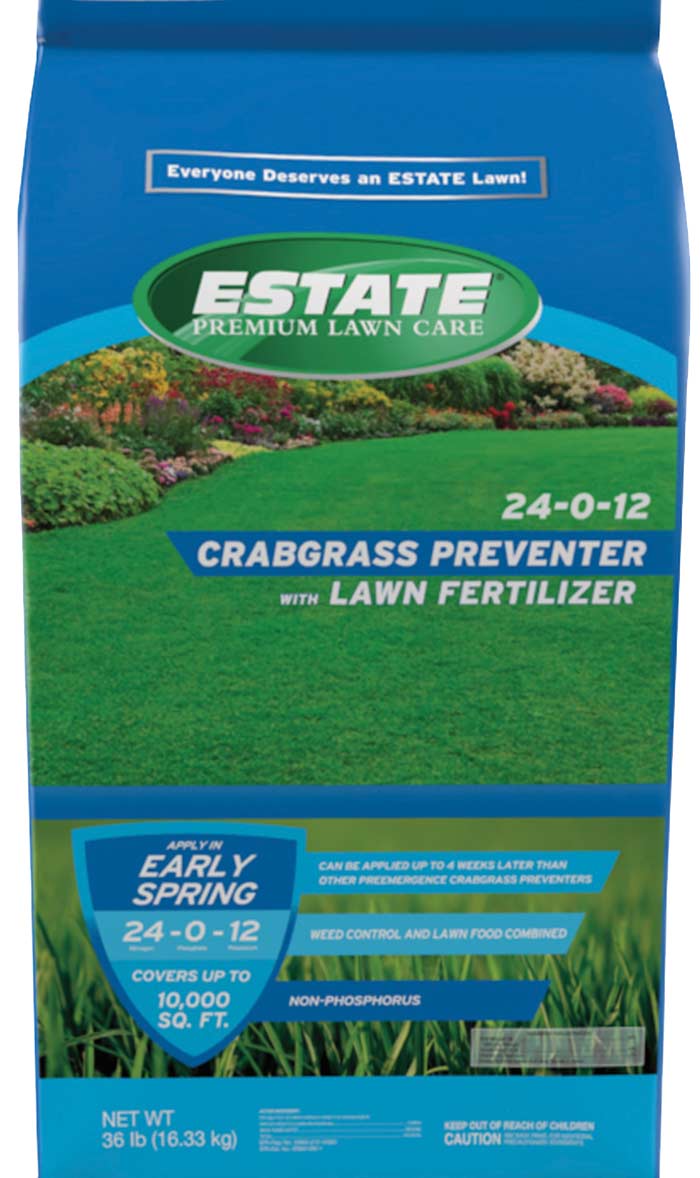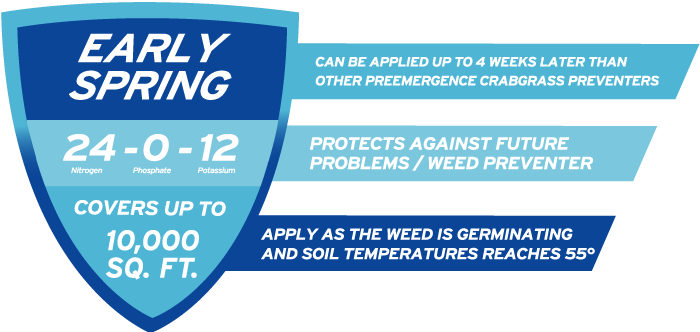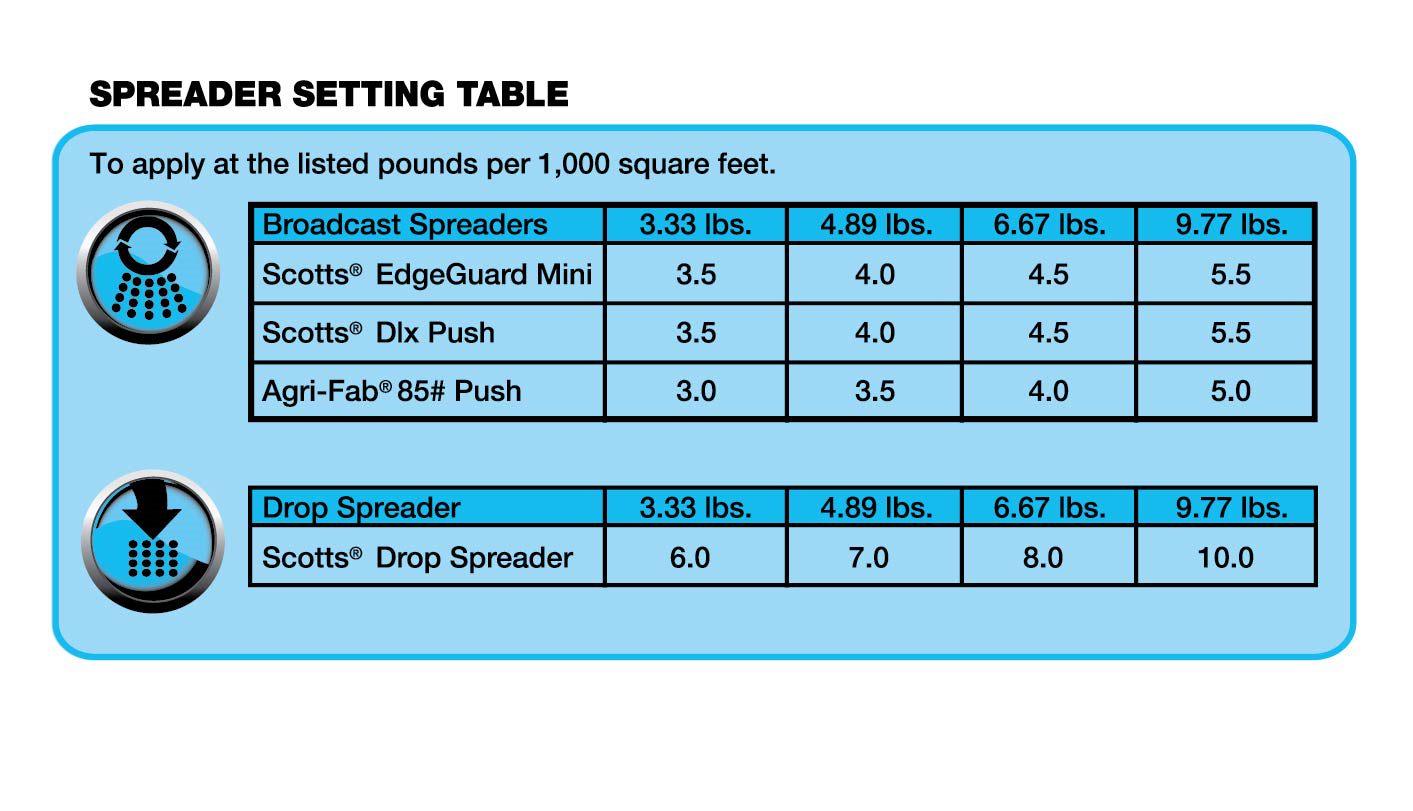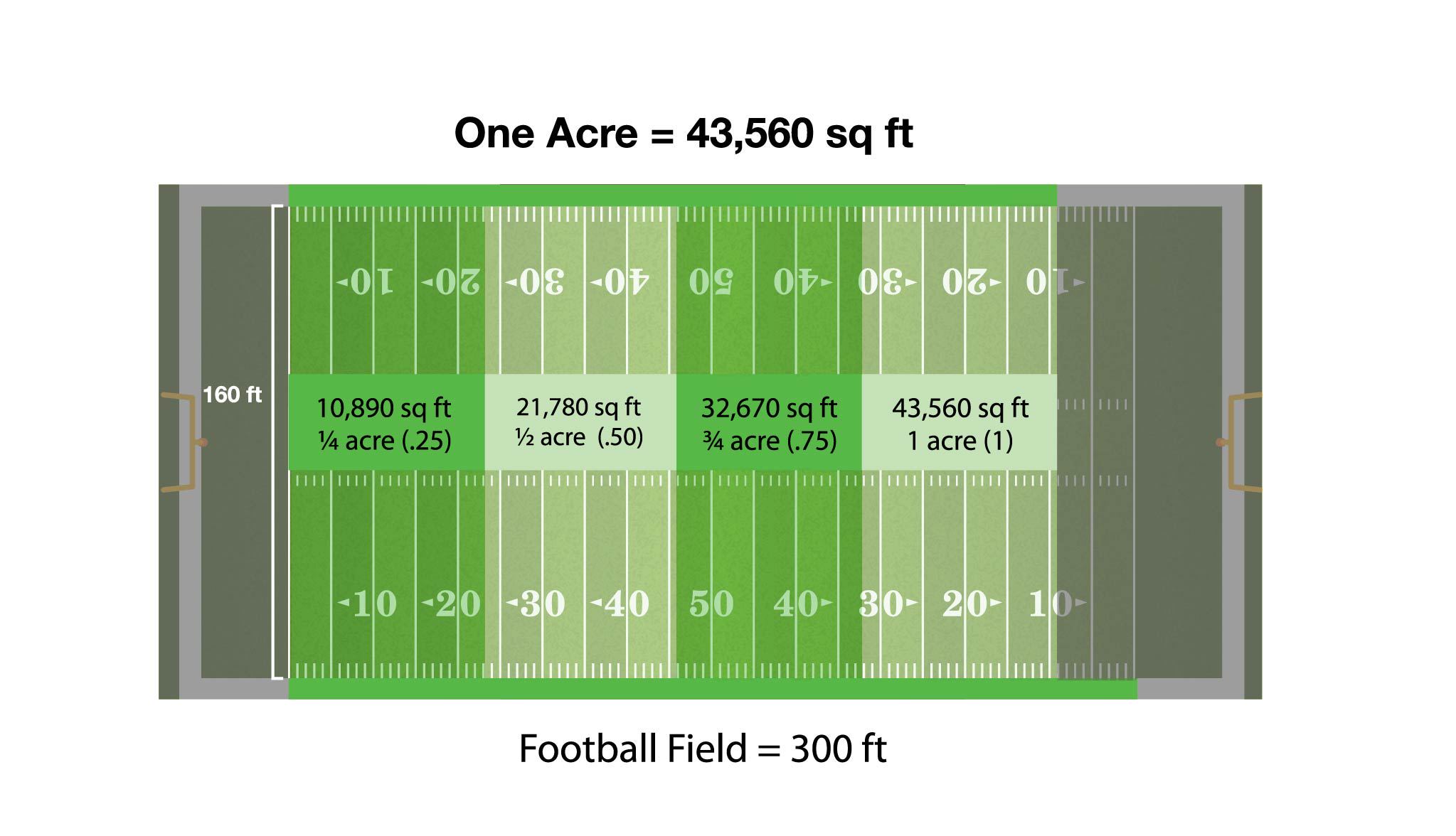
Application Instructions
Estate Early Spring Crabgrass Preventer with Lawn Fertilizer
Non-phosphorus crabgrass prevention that gives lawns a great start in the spring. Apply as the weed is germinating and soil temp reaches 55°.


Estate Early Spring Crabgrass Preventer with Lawn Fertilizer Directions for Use
General Information
Estate Premium Lawn Care 24-0-12 Crabgrass Preventer with Lawn Fertilizer provides season-long control of crabgrass and control or suppression of listed annual grasses and broadleaf weeds in established lawns and ornamental turf, including golf course fairways, roughs and tee boxes. Apply this product only to seeded, sodded, or sprigged turf that is well established. Before the use of Estate Premium Lawn Care 24-0-12 Crabgrass Preventer with Lawn Fertilizer, roots must be developed and the turf mowed at least twice to a uniform height. Injury may result if the turf is not well established, or stressed by weather, pests or other conditions.
Crabgrass Control
Estate Premium Lawn Care 24-0-12 Crabgrass Preventer with Lawn Fertilizer provides pre-emergence control of crabgrass (large, smooth, and southern species) when applied prior to emergence of crabgrass from the ground. Estate Premium Lawn Care 24-0-12 Crabgrass Preventer with Lawn Fertilizer provides “early post-emergence” control during the early stages of growth after crabgrass emerges from the ground. This early post-emergence control is limited and applications are only effective if applied before the crabgrass has its 3-leaf or first tiller (which usually is about the time when you can first see the crabgrass in the lawn). With this post-emergence activity, the applicator has 2 to 4 weeks longer to make applications for control of crabgrass.
Application Instructions
Estate Premium Lawn Care 24-0-12 Crabgrass Preventer with Lawn Fertilizer may be applied to established turfgrass species listed below. The following turfgrass species are tolerant to this product when applied as directed:
Turfgrass
Creeping Bentgrass1 (Agrostis palustris), Kentucky Bluegrass (Poa pratensis), Fine Fescue2 (Festuca rubra), Tall Fescue (Festuca arundinacea), Perennial Ryegrass (Lolium perenne), Bahiagrass (Paspalum notatum), Bermudagrass (Cynodon dactylon), Buffalograss3 (Buchloe dactyloides), Carpetgrass, (Axonopus compressus), Centipe degrass (Eremochloa ophiuroides), Kikuyugrass (Pennisetem clandestinum), St. Augustinegrass (Stenotaphrum secundatum), and Zousiagrass (Zoysia japonica)
- Turfgrass injury may result from the use of this product on certain varieties of creeping bentgrass such as Cohansey, Carmen, Seaside and Washington. Not all varieties of creeping bentgrass have been tested. Do not apply this product to Colonial Bentgrass (Agrostis tenuis) varieties.
- Turfgrass injury may result from use of this product on the following varieties of Fescue such as Atlanta, Banner, Beauty, Bilgart, CF-2, Enjoy, HF-93, Highlight, Ivalo, Koket, Jamestown, Majenta, Mary, Pennilawn, Tamara, Tatiana, Walfort and Waldina. Not all varieties of fescue have been tested.
- Do not use this product on seedling Buffalograss in the spring of the first year of establishment until the turfgrass is fully green and has established new roots.
Not all turfgrass varieties are tolerant to this product. It is suggested that the user evaluate the tolerance of turfgrass varieties not listed on this label on a limited area, at recommended use rates, prior to initiating large-scale use. For best results, apply Estate Premium Lawn Care 24-0-12 Crabgrass Preventer with Lawn Fertilizer within a few days after mowing and delay mowing again for a few days after application. Rainfall or irrigation activates the product. Improved weed control will result if the application is followed by ½ inch of rainfall or sprinkler irrigation. Weed control may be hampered if rainfall or irrigation does not occur with 30 days after application. Split, or half rate applications spaced 5 to 10 weeks apart may also enhance weed control. Cultural practices such as aerification and de-thatching should be completed and the turf allowed to recover before application of this product.
Application Timing:
This product may be applied as a single application, split application, or as a sequential application for crabgrass control in the spring, summer, or fall as described below.
Spring Applications:
For single applications in the spring or early summer, follow the appropriate rate listed in “TABLE 1: APPLICATION RATES FOR CRABGRASS CONTROL” below. Rates are based on the location to be used (Region), the mowing height of the turfgrass, and whether the timing of the application is considered preemergence or postemergence. The length of residual weed control is dependent on the total rate applied, but may vary depending on weather, weed pressure and location.
Program 1:
For preemergence control to turf mowed relatively high, such as home lawns. This program will provide 3 to 5 months of preemergence crabgrass control. This program should not be used for early postemergence control of crabgrass.
Program 2:
For preemergence control at sites where the turf is mowed relatively low, such as golf course fairways, and where turfgrass maintenance and weed control applications were not made the previous year. This program will provide 4 to 6 months of preemergence crabgrass control. This program may also be used for early postemergence control of crabgrass.
Fall Applications:
Estate Premium Lawn Care 24-0-12 Crabgrass Preventer with Lawn Fertilizer may be applied in late summer or early fall (late August through November). Follow the instructions for “Program 2” for crabgrass control through the early part of the next spring. Fall applications may be followed by an appropriate spring application to provide season-long control.
| Region | Program 1: Pre-emergence (high-cut turf) | Program 2: Pre-emergence (low-cut turf) Postemergence |
| North (all areas) | 3.33 lbs./1,000 sq. ft. (145 lbs./Acre or 0.125 lbs. AI/Acre) | 6.67 lbs./1,000 sq. ft. (290 lbs./Acre or 0.25 lbs. AI/Acre) |
| Transition: (DE, KS, KY, MD, MO, VA, Southeastern PA, Southern areas of IL, IN, OH, and Coastal areas of CT, NY and RI) | 4.89 lbs./1,000 sq. ft. (213 lbs./Acre or 0.183 lbs. AI/Acre) | 9.77 lbs./1,000 sq. ft. (425 lbs./Acre or 0.366 lbs. AI/Acre) |
*split applications may be made 5-10 weeks apart.
Split or Sequential Applications
Split or sequential applications may be used to provide improved weed control or to provide extended weed control in areas with long growing seasons. Split applications may be made with rates in Table 1 right being split between two applications made 5-10 weeks apart. Where longer periods of control are required, sequential applications may be made in late summer or fall following a spring application or in the spring following a fall application provided the maximum application rate per year is not exceeded. Refer to the “Use Restrictions” section above.
Reseeding, Overseeding, or Sprigging
Reseeding, overseeding, or sprigging of treated areas within 16 weeks after application of this product may inhibit the establishment of desirable turfgrasses. When seeding, follow good cultural practices such as soil cultivation, irrigation and fertilization. For best results, use mechanical or power seeding equipment (slit seeders) for good seed-to-soil contact.
Control of Other Grass and Broadlead Weeds: Spring Applications
When used as directed for crabgrass control in spring, Estate Premium Lawn Care 24-0-12 Crabgrass Preventer with Lawn Fertilizer will also control or suppress the following weeds when applied prior to their emergence: Barnyard grass, Bluegrass (annual roughstalk), Crowfoot grass, Foxtail (yellow & green), Goosegrass, Kikuyugrass, Lespedeza (common), Oxalis (buttercup, creeping & yellow woodsorrel), Purslane (common), Ryegrass (annual & perennial), Smutgrass, Speedwell (corn), and Spurge (prostrate & spotted).
Control of Other Grass and Broadlead Weeds: Fall Applications
When used as directed for late summer or early fall use, for crabgrass control through the early part of next spring, Estate Premium Lawn Care 24-0-12 Crabgrass Preventer with Lawn Fertilizer will also control or suppress the following weeds when applied prior to their emergence: Bluegrass (annual roughstalk), Bittercress, Chickweed, Geranium (Carolina) Henbit, Parsley-piert, Pineappleweed, and Shepherdspurse.
How to Apply
This product may be applied with drop or rotary-type spreaders designed to apply granular herbicides. For best results, apply this product evenly and uniformly avoiding streaking, skips or overlaps. Avoid the use of spreaders that tend to apply granules in narrow rows or concentrated bands. Settings shown in the table to the right are approximate for new equipment. Calibrate the spreader according to the manufacturer’s directions. Initial spreader settings may require adjustment to deliver the recommended application rate under actual application conditions. The desired calibration setting may be marked or recorded for future reference.
Apply this product uniformly over the treatment area. More uniformity can be achieved by applying one-half of the required amount of product over the treatment area and then applying the remaining one-half in a different direction (e.g., at a right angle to the previous direction). Check equipment frequently to verify calibration and proper functioning. Clean and lubricate spreader after use.
Spreader Settings Table

Coverage Area

Additional Details

Tips for Good Lawns
- Read instructions before using.
- Use sharp blades, with mowers properly adjusted.
- Walk at a steady normal speed when spreading.
- Always shut off spreaders when turning or stopping.
- Do not fill spreaders when on the grass.
- Clean spreaders thoroughly after use.
- Spreader opening and closing mechanism should be working freely before starting.
- Be sure not to skip or miss areas.
- Be sure not to overlap areas.
- It is better to water deep when necessary, than it is to sprinkle lightly often.